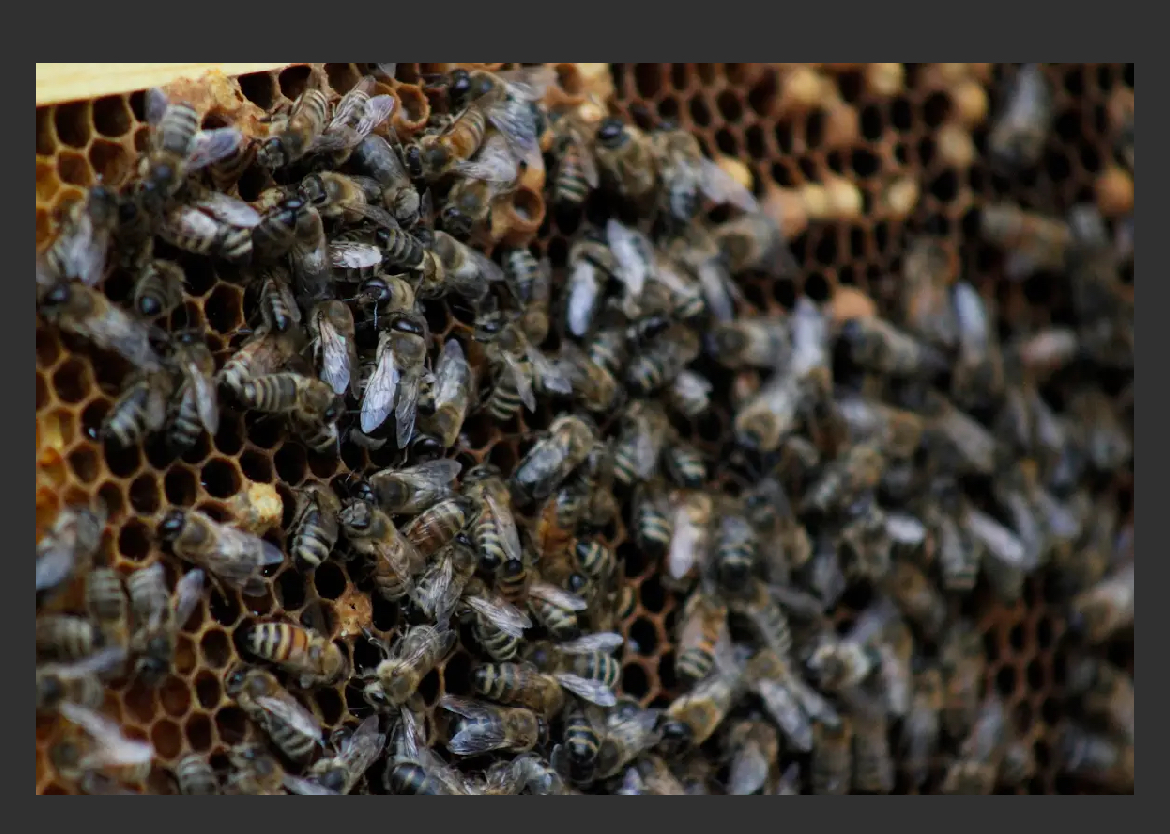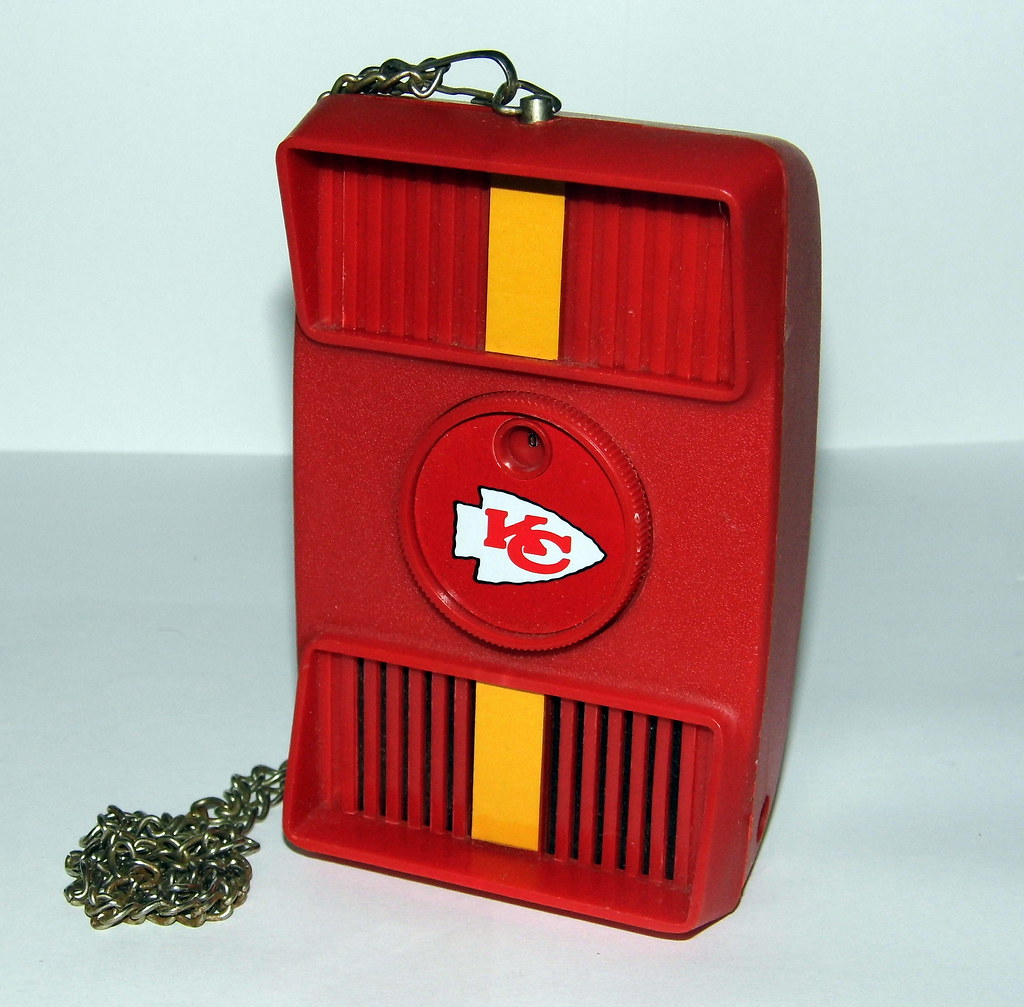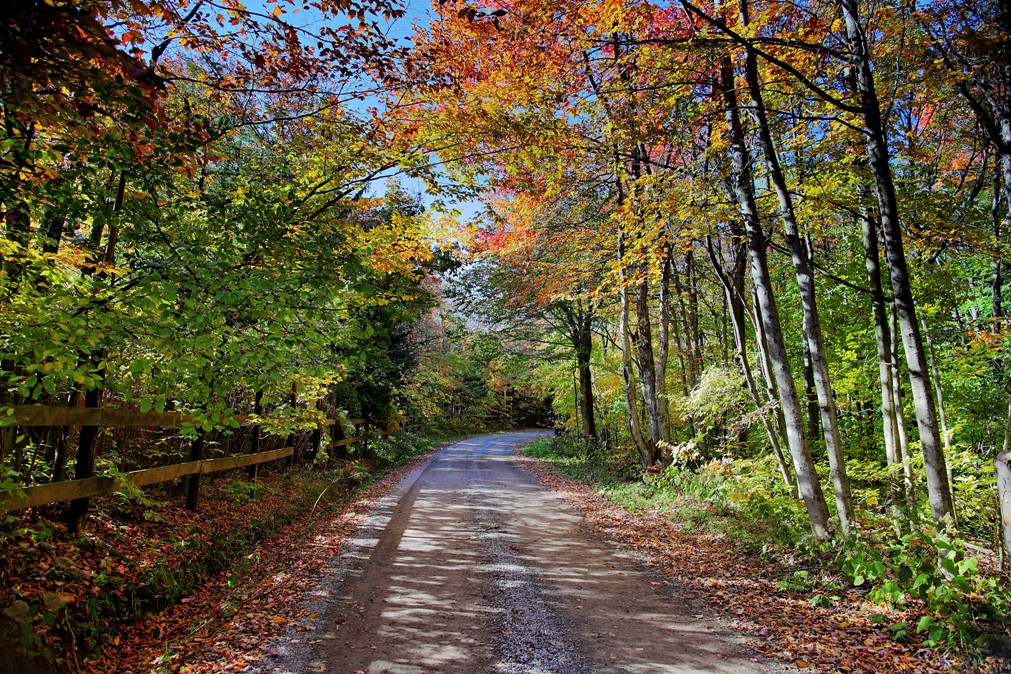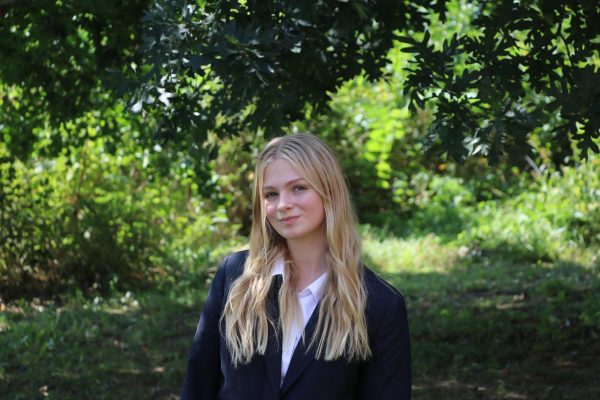As summer wraps up and the cool autumn weather starts to settle in, many people find themselves looking forward to fall sports games or a certain fall-themed drink. As much as I love participating in these activities with my friends, one activity I look forward to the most is visiting my cousins in Lincoln to help them harvest and package honey from their beehives. Although I’m not constantly involved in the entire beekeeping process I reached out to my uncle to learn more.
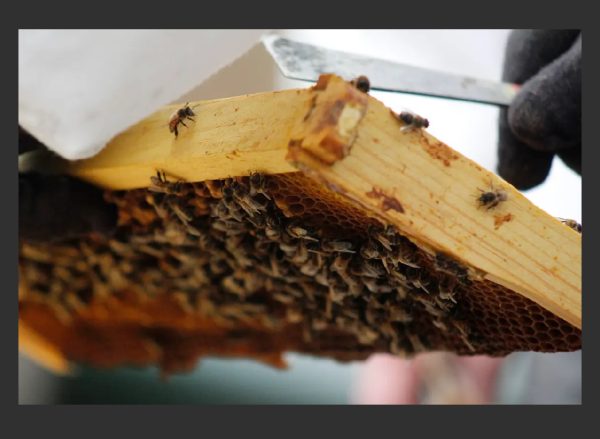
My uncle, Aaron Ward, works as an endocrinologist in Lincoln Nebraska and in his free time he tends to his beehives as a hobbyist beekeeper. His interest in beekeeping was sparked with the pandemic in 2020 as he shared “during covid we couldn’t really go anywhere, a lot of travel was shut down, and some of my friends had introduced me to [beekeeping] and I’ve always enjoyed biology so I order a couple bee kits.” For a hobbyist beekeeper caring for the bees is a lot less time consuming as opposed to a full-time beekeeper because most professionals can have as many as 200 beehives while my uncle has ten hives. Nevertheless, hobbyist beekeeping is still time consuming as my uncle explains how there are two busy seasons with the first in the spring time and the second around fall. During the spring the majority of the work consists of checking on the colonies when they are first getting started with my uncle explaining how he checks “on them once a week April through June lasting one to two hours a week for about ten beehives.” Later in the fall, most of the time is spent harvesting the honey which can be completed in one day for a hobbyist beekeeper depending on the amount of help they have. During harvesting bees are typically more aggressive and my uncle explains how he can “easily get stung several times per year.” So to avoid being stung he usually ends up wearing a bee suit and gloves. The main steps of harvesting honey include removing the honey frames from the hives, brushing the bees off the frames, and storing the honey in an airtight room so the bees won’t be able to surround the honey being harvested. Next, the wax caps on the honey combs are scrapped off and the honey is placed into a centrifuge—which spins the combs around to remove the honey inside. After being spun around the honey can be filtered with a cheesecloth and put into bottles for people to use.
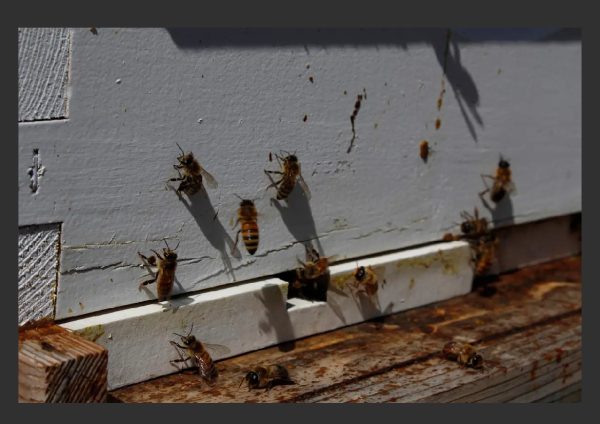
While the current process of beekeeping is truly interesting, the history behind beekeeping and how it became the process used today is just as fascinating. An article written by a honeybee farm located on the Canadian West Coast of Vancouver Island called Queen Bee Farms discusses the long history of honey harvesting. Although there is a lot of information about early beekeeping, one significant story is the earliest record of collecting honey—which was found in the Cave of the Spider, near Valencia Spain. In this cave there is a painting created around 15,000 years ago that depicts a woman gathering honey from a bee’s nest on the side of a cliff. While this cave painting is the earliest report of humans gathering honey, the first known organized process of beekeeping occurred in ancient Egypt with hives designed from twig and reed which allowed beekeepers to manage the honeybee colonies. Later beekeeping became more popular and by 1500 BCE it was found throughout the Nile region as honey was packaged and collected in clay vessels and stamped according to its color and quality. In medieval Europe beekeepers would find trees with wild honeybees then cut out sections of the tree in order to make the honey more accessible. Additionally, bees were seen as such a staple for these European communities so when colonists arrived in the Americas bees were one of the first species they brought with them. Even in the Americas honeybees were viewed as an essential part of colonial life as they would produce honey, beeswax, and even pollinate their crops. Later, when Britain started to tax the colonies, the colonists used honey as a sweetener so they wouldn’t have to buy and pay taxes on sugar.
In addition to the detailed history of honey harvesting, the often hidden benefits of honey are just as intriguing. Beekeeping is an important aspect of many communities in Nebraska not only because it supports local businesses, but local honey also benefits a person’s physical health. One of these advantages is the increased immunity to pollen. By consuming locally harvested honey the pollen from native plants used in making this honey is introduced to the body and in return aids in strengthening the immune system. In addition to the increased immunity to pollen, the hives’ location also affects the flavor and color of the honey. Interestingly, the correlation between the taste of honey and plants have caused many places in the country to keep hives around one specific plant, like orange trees which will give the honey an orange flavor. So through looking at the process of harvesting honey with a hobbyist beekeeper, diving into the history of managing bee hives, and exploring some hidden benefits and information about honey—though not always discussed—honey plays a significant role in the fall season.

